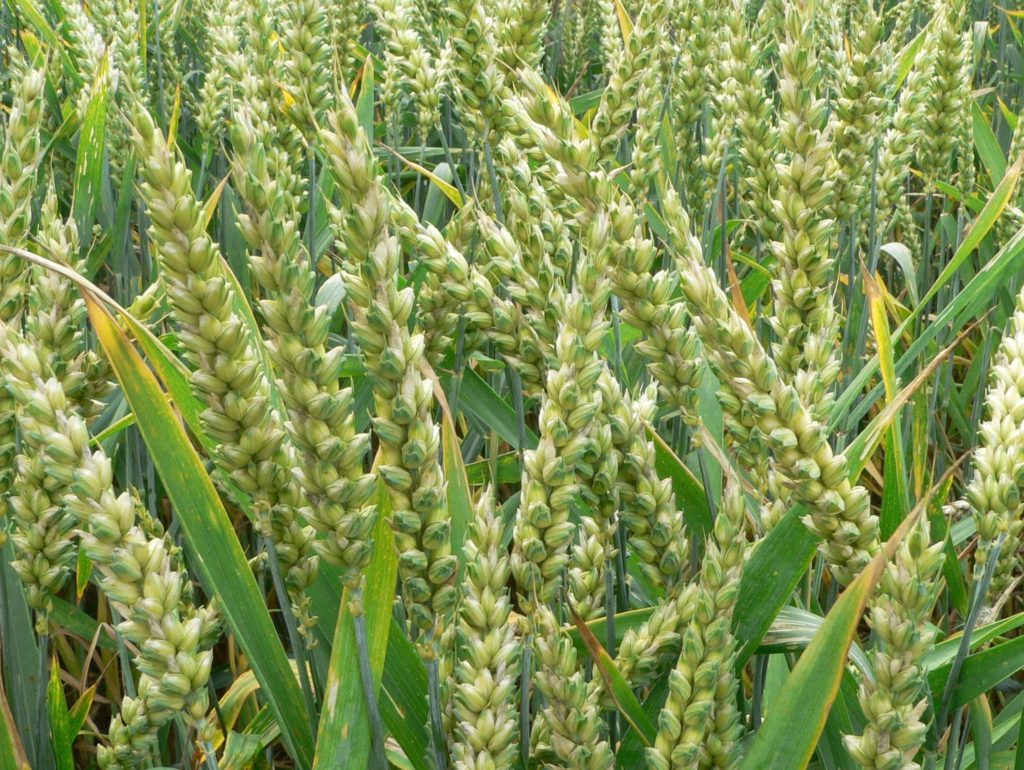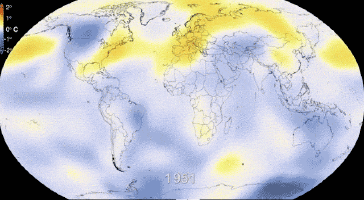Climate Change and extreme weather patterns are issues that many people tend to stay away from; well, I’m not ignoring it. The extreme weather that is being faced by the world right now is generating more chemical compounds in plants, which is leading to toxin levels in plants to rise. According to the United Nations Environment Programme (UNEP), wheat, maize, barley, and soybeans are high contestants in this problem.

Photo courtesy of wikipedia.com
Plants, like wheat and those named above, become stressed out in extreme weather and generate toxins. Jaqueline McGlade, a Chief Scientist and Director of The Division of Early Warning and Assesment at UNEP, explains that normal plants convert nitrate to absorb amino acids and proteins. If prolonged periods of drought slows and prevents this process from happening, accumulation of nitrates is very problematic for those who consume the by-product.
Your diet and body are harmed

Photo courtesy of buzzfeed.com
When this process of converting nitrates slows down, the nitrate isn’t broken down. If people, or livestock, are exposed to too much nitrate in their diet, it hinders the oxygen intake in the body. Nitrates interferes with the red blood cells that transport oxygen in the body.
The diet is also affected if these stressed plants are exposed to too much rain after a drought. The rapid increase of water to the plant results in the rapid growth. In result of this growth, hydrogen cyanide (also known as prussic acid) accumulates in the plant. This acid is seen sometimes in chemical warfare and interferes with the flow of oxygen in humans.
Climate change and extreme weather also lead to the development of Aflatoxins; which is mold that affects the plant. This raises the risk of liver disease, cancer, and blindness. According to McGlad, these diseases affect 4.5 billion people in developing countries. This is an increasing problem that needs to have attention drawn to it. McGlad says “as warmer climate zones expand toward poles, countries in more temperate regions are facing new threats.”
Europe is especially at risk

Gif courtesy of giphy.com
UNEP states that Europe will be at a growing risk from Aflatoxins in local crops if global temperature rises at least 2 degrees celsius; which according to projections, is currently going to rise another 3 degrees celsius.
Globally, in reference to Dorota Jaronsinka of the World Health Organization’s European Center, for Environment and Health, we become affected because these increased toxins will have a heavy impact on the world health system. Alex Ezeh, of African Population Health and Research Center, “toxic crops can lead to neurological diseases among numerous but the great challenge is the incidence of cancers.”
Long (and complicated) story short, climate change and intense droughts seen around the world could lead to massive problems with health around the world.


